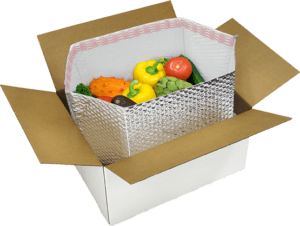You employ the most stringent manufacturing processes, source the highest quality ingredients and pride yourself on product integrity, except, the fate of your product may come down to something that is completely outside of your expertise – temperature controlled transport. For temperature sensitive products, uncontrolled temperatures can quickly spoil a product, and your reputation. Here are some tips to ensure your temperature sensitive products retain integrity during shipment:
1. Create a temperature controlled supply chain. Do you know if your suppliers practice adequate cold chain transportation? If a product or ingredient has been subjected to uncontrolled temperatures before it gets to you, your product integrity may already be compromised. Know your suppliers, understand their shipping practices and hold them to high standards for cold chain transport.
2. Don’t assume anything. Just because your product arrives to your customer looking good doesn’t mean that your transportation method is adequate. Utilize real data to confirm that your materials remain at an ideal temperature throughout shipping. Not only will this help you dial in better practices, but it will also give you the ability to identify problems and their sources early on so you can fix them.
3. Clearly identify your expectations with your shipping carrier. When you choose a shipping company, be sure to outline clear expectations for temperature regulation at every step of the process. Whether this means limiting hand-offs, re-icing the package or simply notifying you of shipment delays is up to you. If each party understands what they are responsible for, it will make achieving the goal of consistent product quality much easier.
4. Align yourself with a reliable supplier of high-quality cold chain packaging. One of the best ways to protect against unknown variables in transport is to start with the right packaging. High-quality cold chain packaging products should feature adequately sized cold packs, reliable seals, temperature-tested insulation and be easy to use. If all else fails, properly packaged products still have a good chance of arriving safely.
5. Develop a failure plan. Even the best efforts will sometimes fail. Put together a plan for how your company will handle different failure scenarios. The solution will depend on your business, products and customer expectations. Will shipping delays automatically dictate a reshipment, or can your carrier take action to preserve the product while you notify the customer? Having a plan in place will make these inevitable challenges easier to navigate.
For more information on cold chain packaging challenges and solutions, contact a packaging expert at PAC today.


